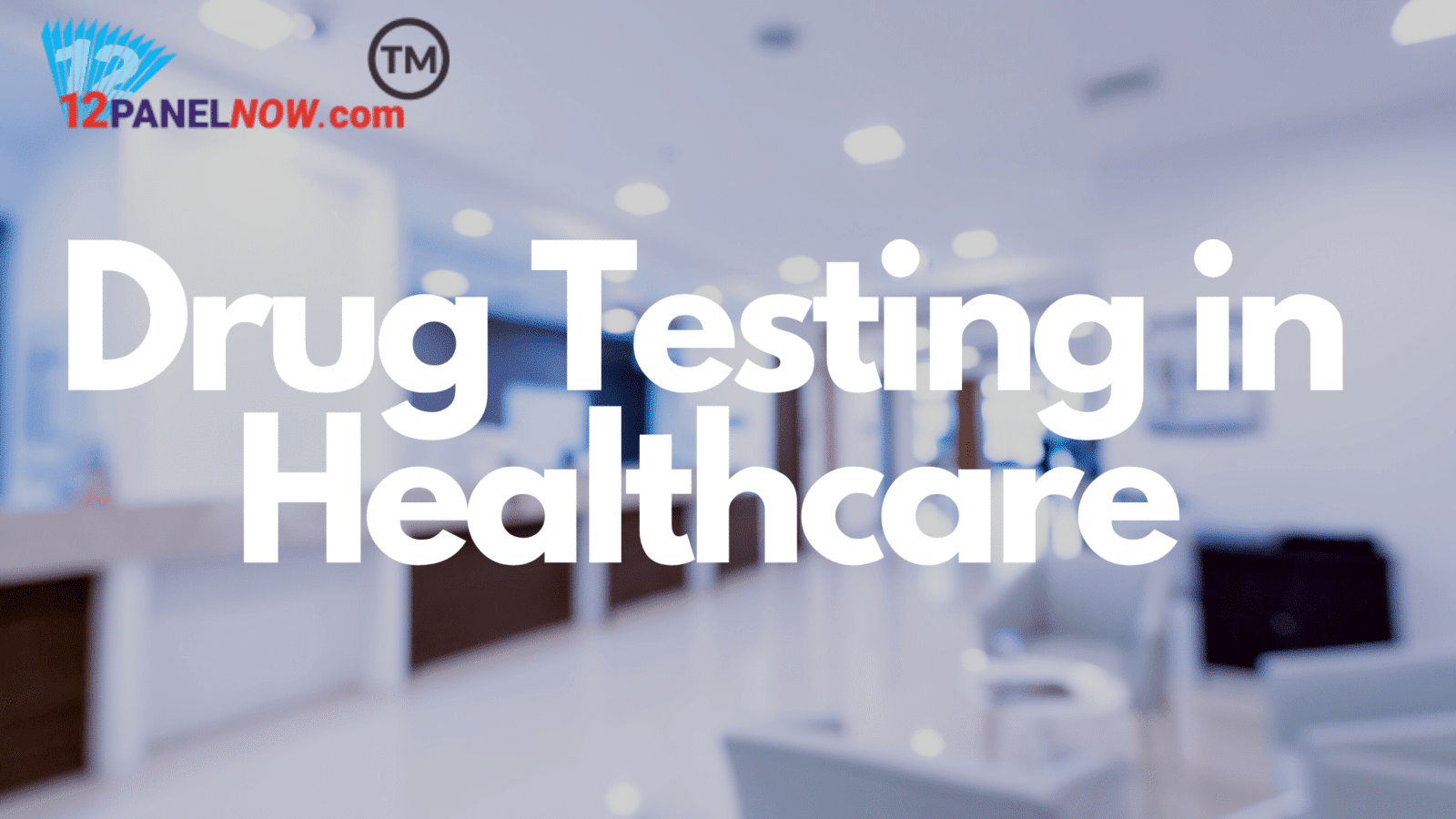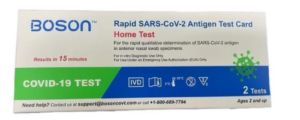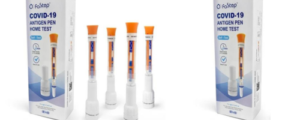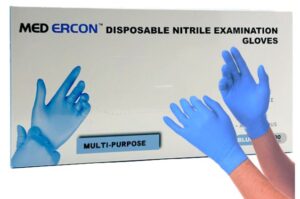Drug Testing in Healthcare

Drug Misuse is a Common Problem for Healthcare Employees.
For this reason, drug testing in healthcare has continued to follow. One study found up to 15% of medical professionals in the healthcare industry have misused alcohol or other drugs throughout their careers.
The consequences of illegal drug misuse often fall on the individual misusing drugs and their families. Still, when healthcare workers misuse substances, it can have grave implications for the patients they’re sworn to care for as well as the healthcare employers. As such, most healthcare employees are tested for drug misuse.
What Factors Drive Healthcare Employees to Drug Misuse?
Alongside genetic predispositions and family histories, healthcare employees often attribute their reasons for drug misuse to the unique pressures of their profession. For example, in one study, physicians in a substance recovery program reported that they misused drugs to manage their pain, deal with emotional and psychiatric suffering, reduce work-related stress, avoid withdrawals, and for recreational purposes.
What Drugs Are Commonly Misused by Healthcare Workers?
While healthcare workers are prone to using the same street drugs as the general public, their access to pharmaceuticals means they’re more likely to misuse prescription drugs versus street drugs, especially opiates and benzodiazepines.
Opiates – Opium and Codeine Derivatives:
Opiates are some of the most commonly misused drugs among healthcare employees. This may be due to proximity to pharmaceutical-grade opioids, demanding workload, work-related pain, and overall stress. In addition, opiates are highly addictive, and the prevalence of legally prescribed opiates among patients makes drug diversion a severe issue for healthcare professionals.
Furthermore, repeated opiate usage quickly builds tolerance and leads to the usage of more powerful substances like fentanyl, which is responsible for an increasing number of opiate overdose-related deaths. Additionally, opiate use slows reaction time and dulls the senses, leading to missteps with grave consequences for patients. Finally, opiates are particularly dangerous when combined with alcohol, as it potentiates opiates’ depressive effect on breathing.
Benzodiazepines: Benzodiazepines are a class of commonly prescribed depressants used to treat acute anxiety. They have a rapid onset of action, relieving anxiety symptoms, lowering inhibitions, and reducing reaction time. Benzodiazepines are highly habit-forming, and tolerance can build quickly. Clinicians under the influence of benzodiazepines are at risk for impulsive actions and impaired decision-making which can be disastrous for patient care. Furthermore, benzodiazepine misuse can be fatal when paired with alcohol intoxication.
Amphetamines and Methamphetamines:
Amphetamines and methamphetamines are long-acting stimulants that are often abused by people working long shifts. These illicit drugs are readily available and frequently made in clandestine labs with zero quality control measures. Healthcare workers, however, sometimes work in close proximity to prescription-grade stimulants like amphetamine salts and may not turn to street-grade stimulants.
Many individuals take these drugs with the intention of fighting off sleepiness, but studies have shown that stimulant abuse is no replacement for sleep, potentially causing malpractice that could result in loss of life. Furthermore, methamphetamine and amphetamine are associated with aggressive behaviors. They can, at high doses, cause states that are indistinguishable from schizophrenic psychosis. Also, amphetamine misuse is related to excessive weight loss and excoriation disorders that may be easily recognizable by patients familiar with people who use stimulants. This can imperil patient trust and clinician-patient rapport.
Cocaine:
Cocaine is a widely used short-acting stimulant that is commonly used to stay awake and alert. Considering the long hours and mentally intensive work that healthcare workers take on, it is not surprising that some turn to stimulant drugs like cocaine. Despite any perceived benefits, however, cocaine impairs judgment and is associated with recklessness and grandiose delusions that could put patients at risk. Furthermore, healthcare workers have a high risk of cardiovascular disease. Cocaine use aggravates cardiovascular symptoms and can cause dangerous acute pathology associated with an increased risk of heart attacks. Therefore, cocaine usage is dangerous for patients and their care providers.
Barbiturates: Barbiturates are a class of sedative depressants with a high potential for misuse. These drugs were used extensively in the past for anxiety and sleep disorders. Still, they’ve been largely supplanted by benzodiazepines in recent years. However, these depressants are still used as anesthetics, anti-convulsants, and to treat extreme headaches. Barbiturates are highly addictive, and overdoses can be fatal. Even worse, there is currently no known antidote for barbiturate overdose. Healthcare workers are at particular risk of misuse because of their proximity to such a rarely prescribed drug, and usage can cause potentially lethal impairment similar to benzodiazepine misuse.
Marijuana: Marijuana use has been shown to slow reaction times and impair judgment and memory. This can spell disaster for patients that depend on the knowledge, judgment, and quick thinking of their medical professionals. Marijuana usage can also rarely precipitate psychotic episodes in people that are predisposed to schizophrenia. Note: Urine analysis tests for THC metabolites that can be present in pee samples for up to a month. THC testing, therefore, tests usage over the long-term and cannot make assessments for current states of intoxication.
Phencyclidine (PCP): Phencyclidine is a highly dangerous delirious hallucinogen. PCP usage causes vivid hallucinations in users that they can’t distinguish from reality. People under the influence of PCP can be aggressive, and PCP usage has been implicated in multiple violent criminal acts, including murder and dismemberment.
For What Healthcare Positions is Drug Testing Done?
Healthcare workers in every position are tested before hiring and after incidents. Depending on the place of employment, employees may be subject to random testing via urine drug testing programs.
Where Can I Buy a Drug Test Kit?
12 Panel Now provides a wide range of drug test kits, including urine drug test kits and drug test pee cups. Our 8 Panel Drug Test Cup (OXI, OPI, THC) covers the major drugs of abuse that healthcare workers are tested for, while our 12 Panel Drug Test Cup (PCP) covers even more substances for a nominal price increase.
Affordable
With our affordable pricing options, ensuring the safety of your healthcare workers and their patients is cost-effective and can help relieve the financial burden of external testing or expensive testing kits.
Time Efficient
Urine cup drug test results are available on location after just a few minutes of wait time with the 12 Panel Now. No laboratory is required for results analysis.
Easy
The drug test cups offered by 12 Panel Now can be performed easily without the invasive supervision of clinicians or laboratory technicians.




























